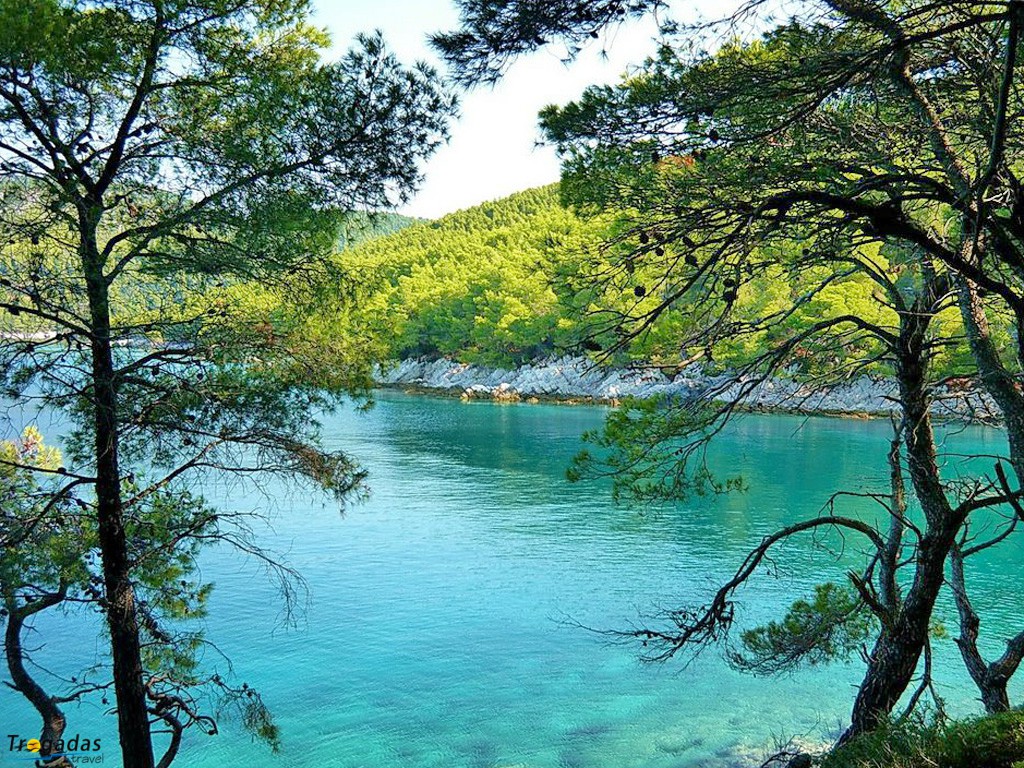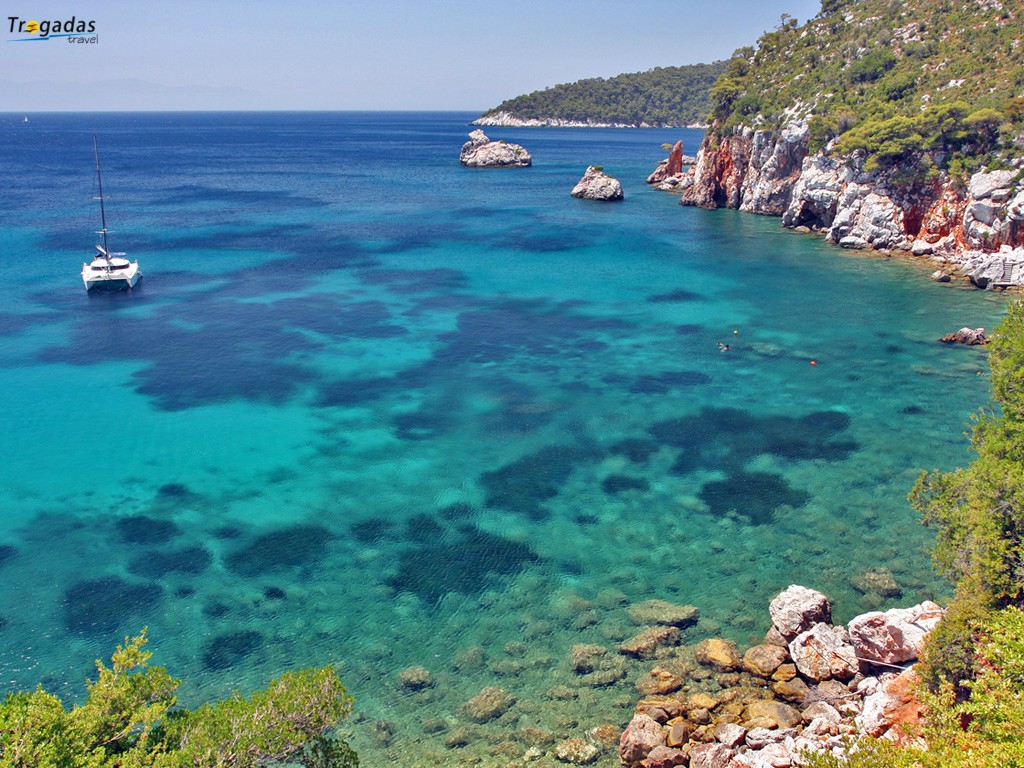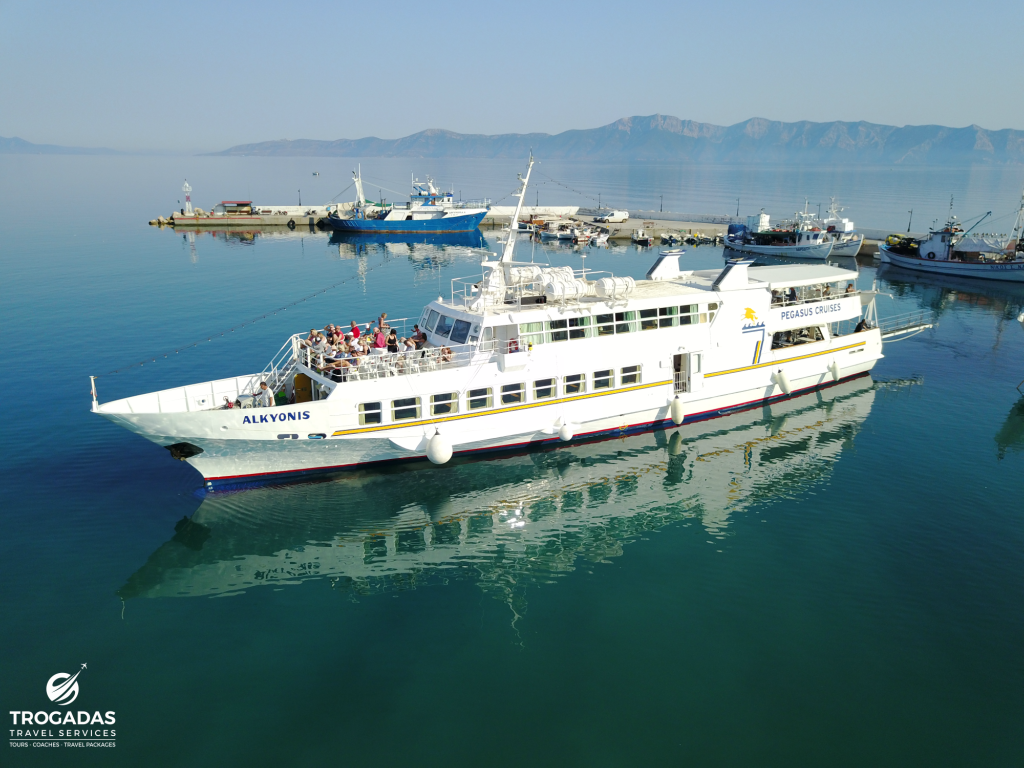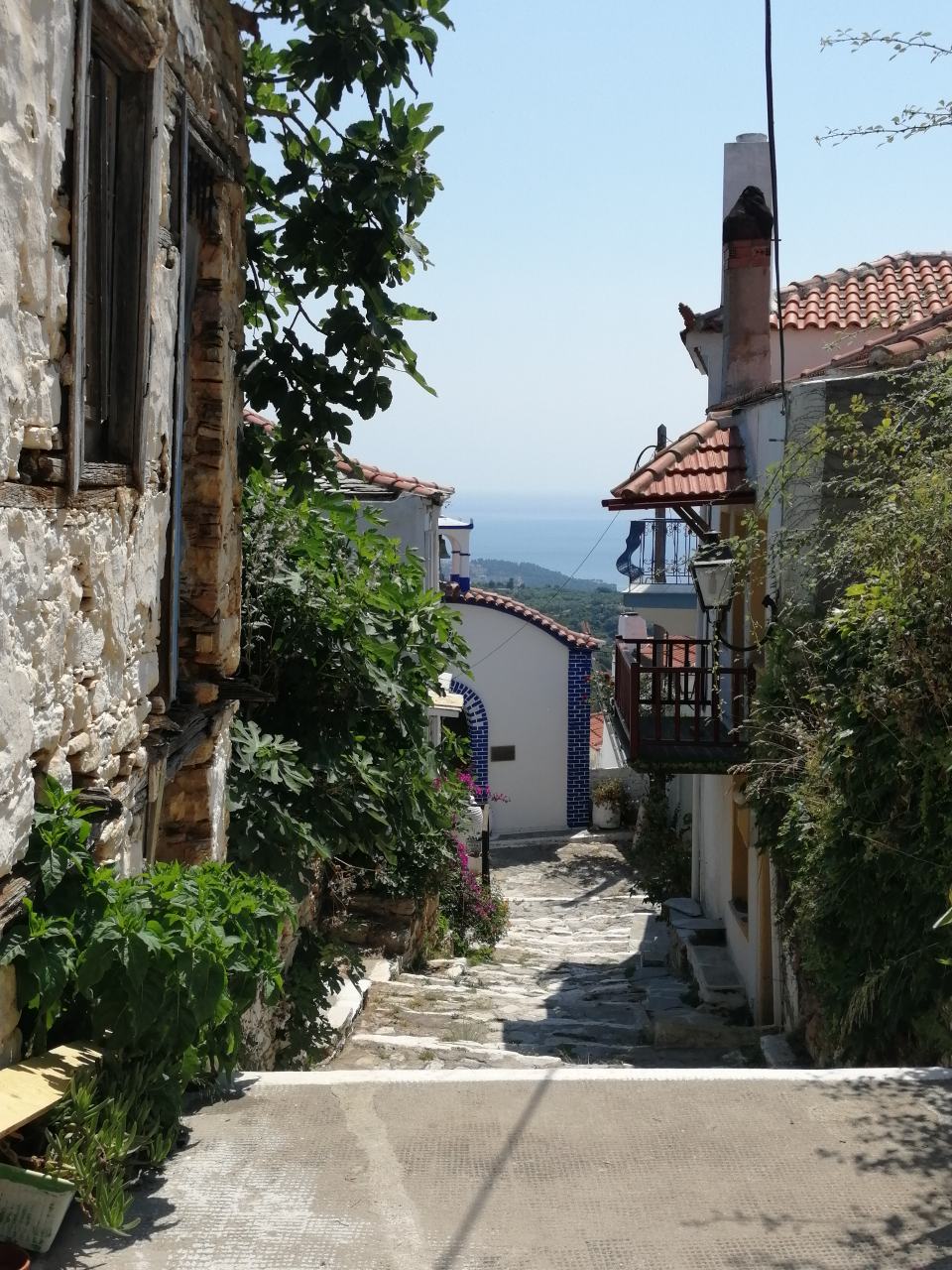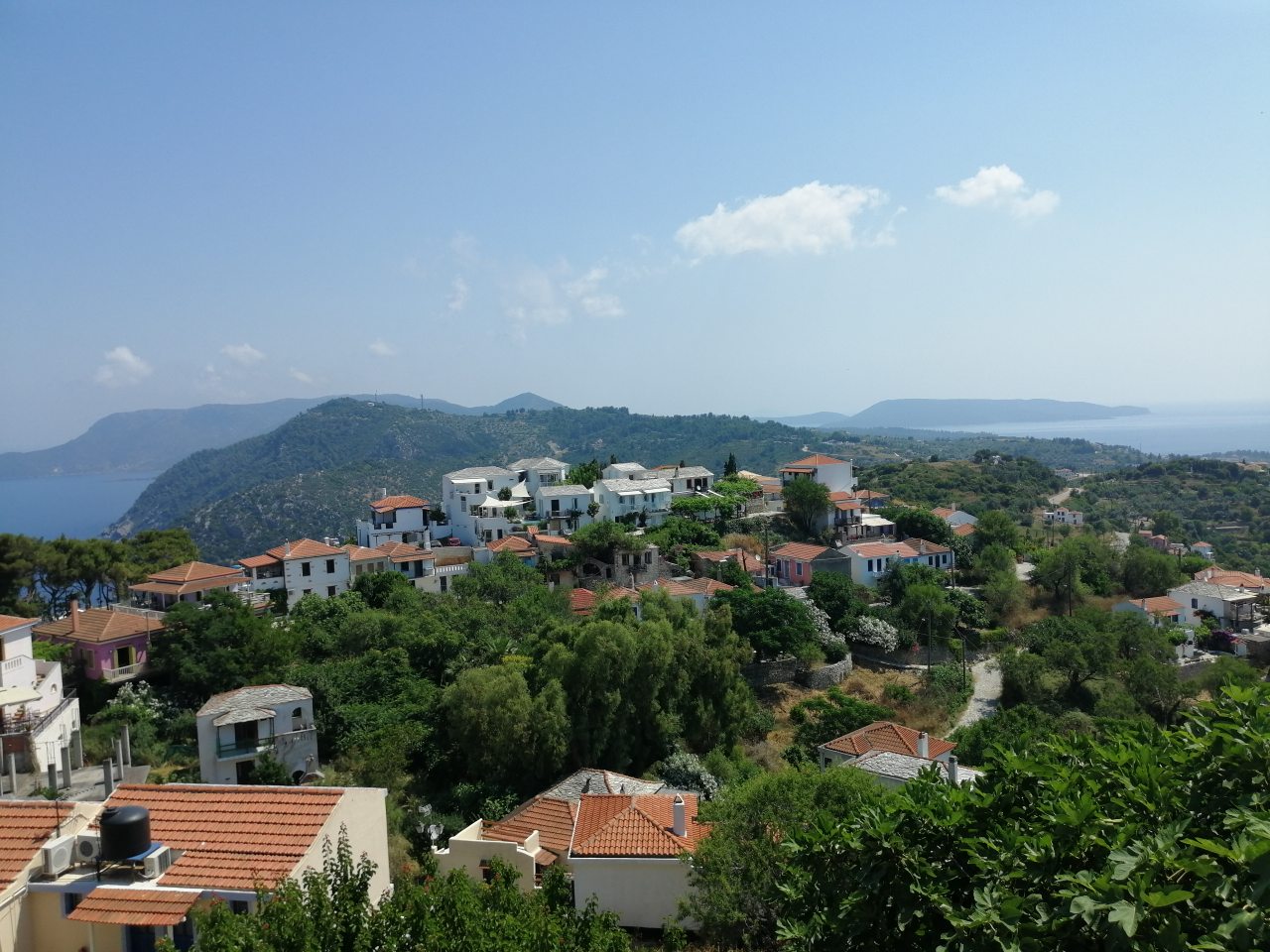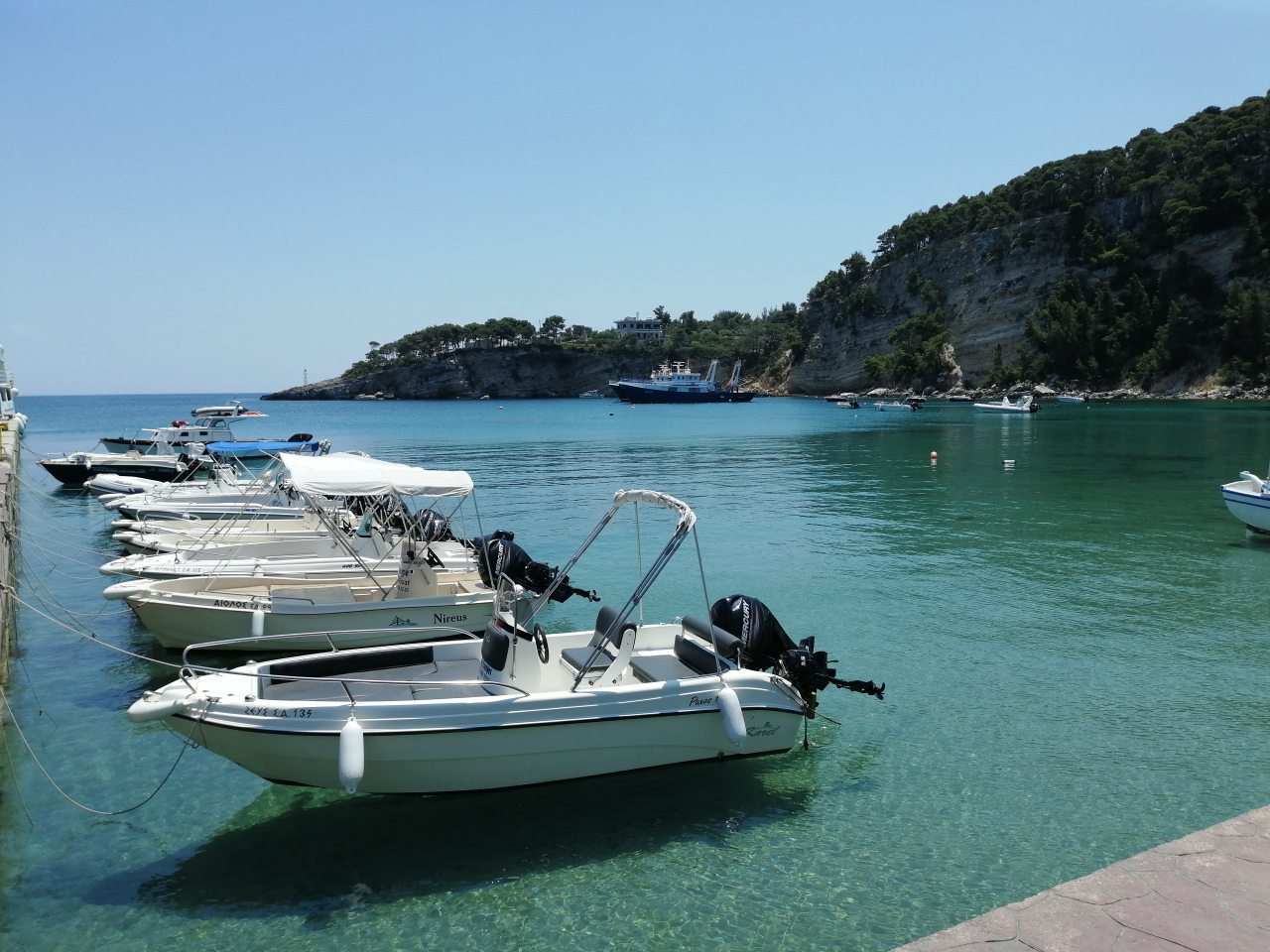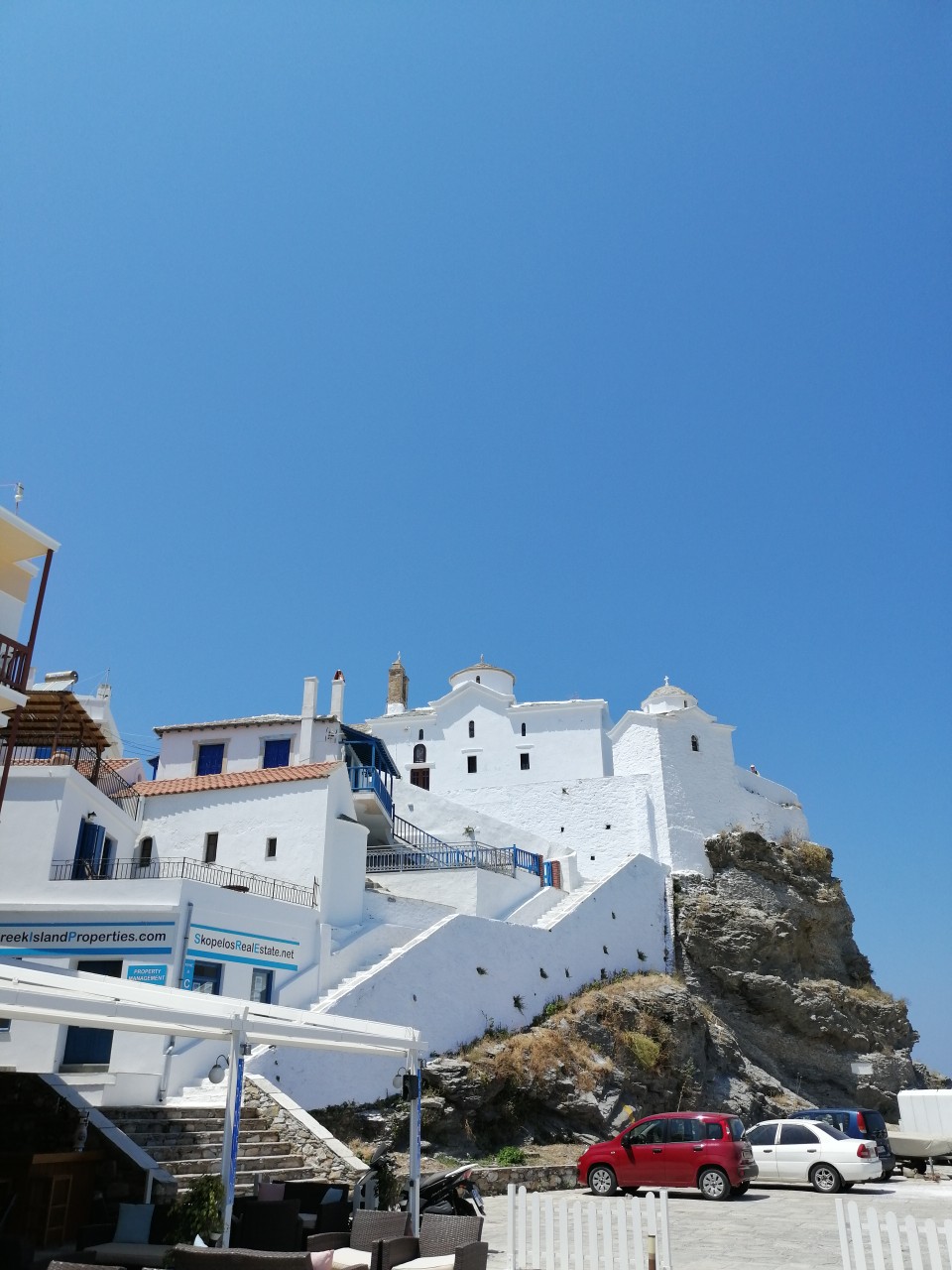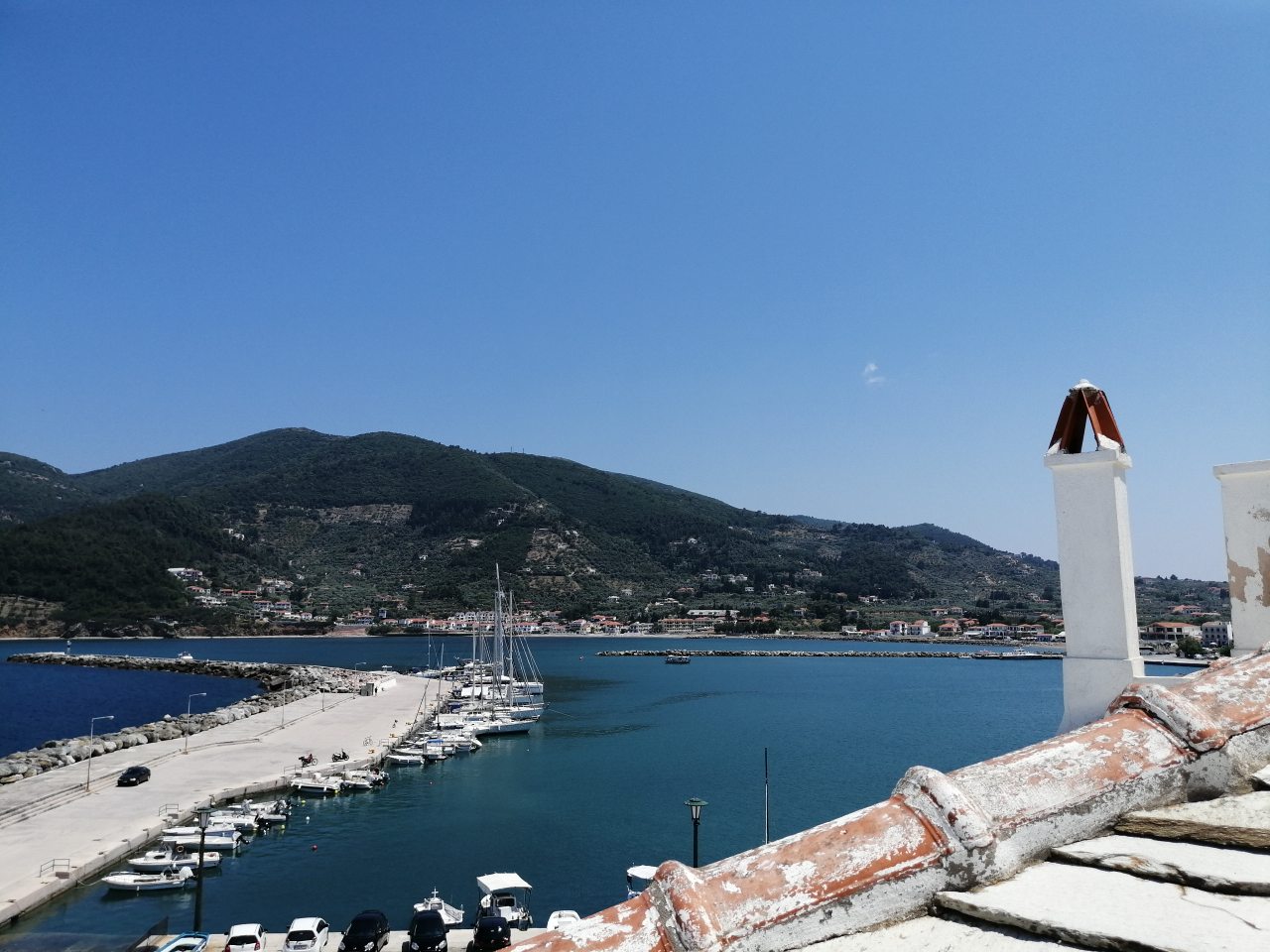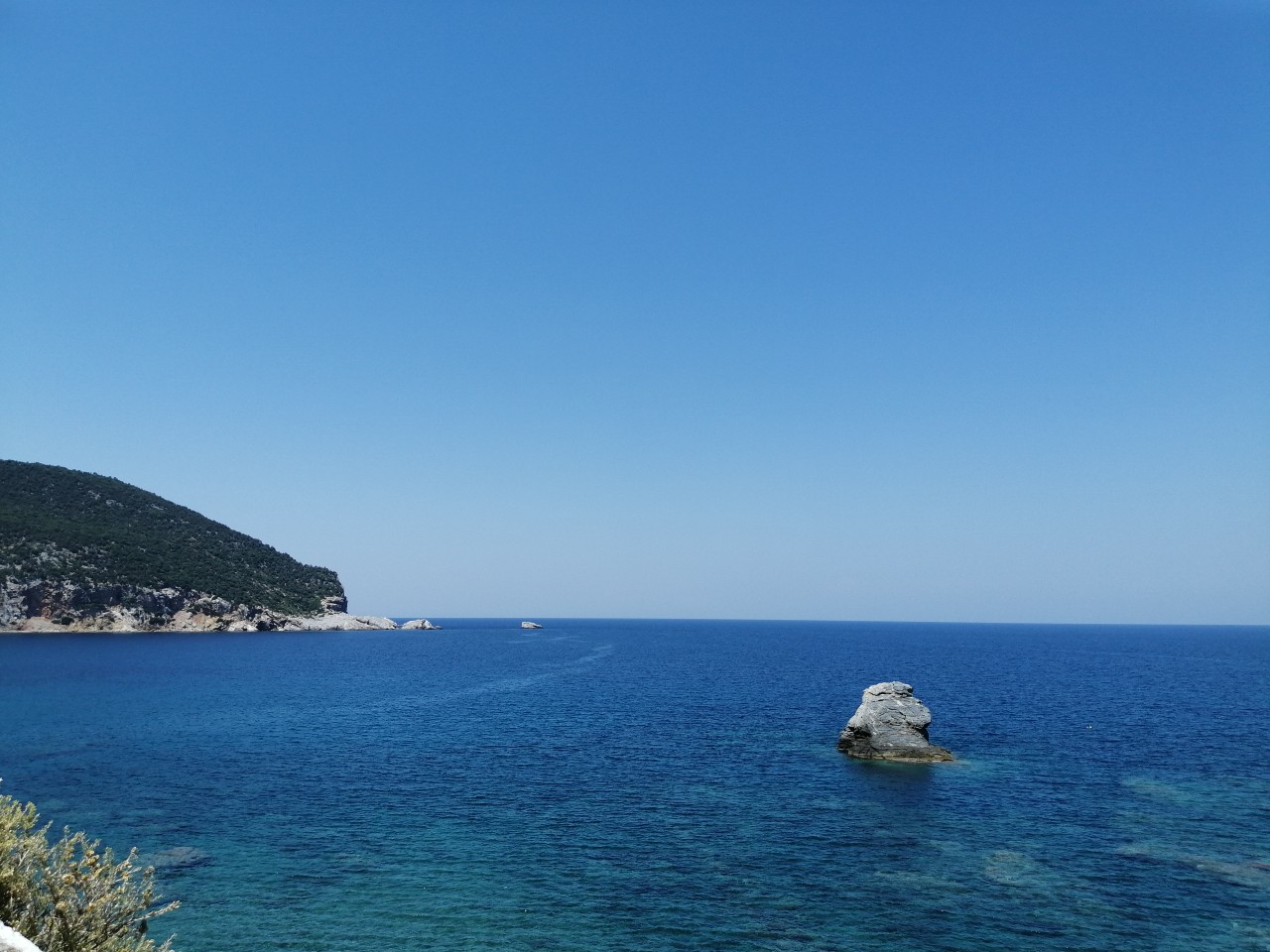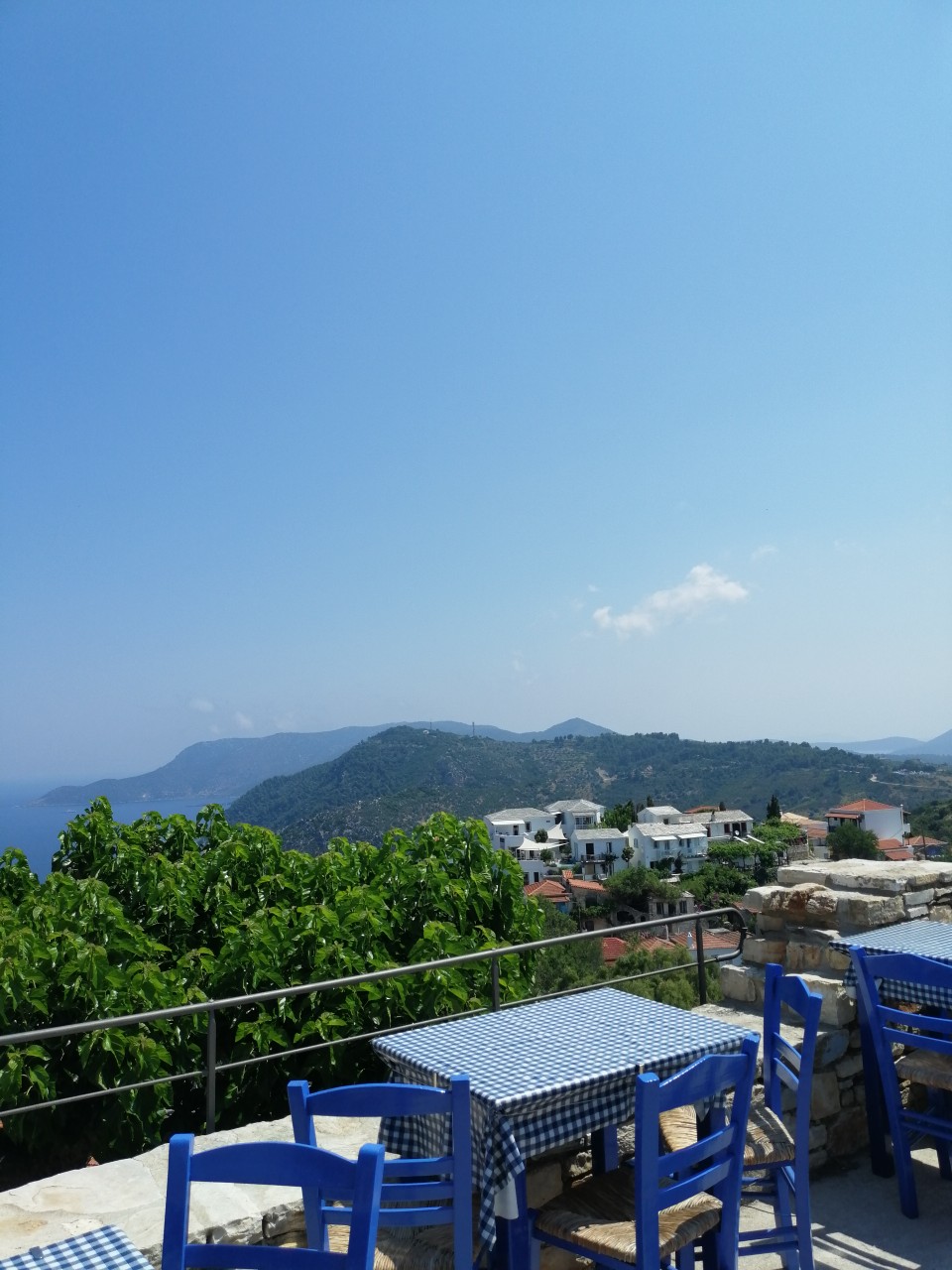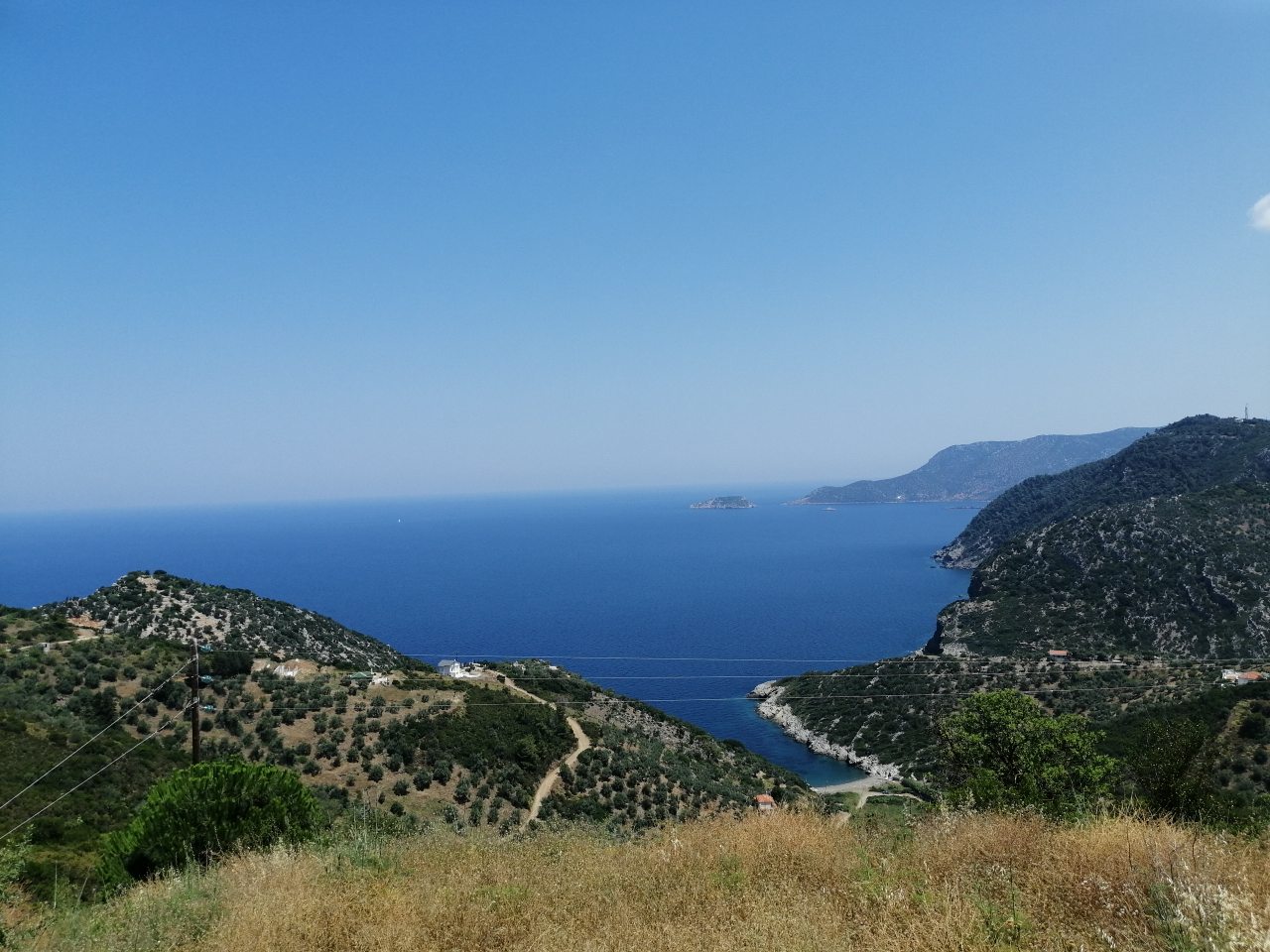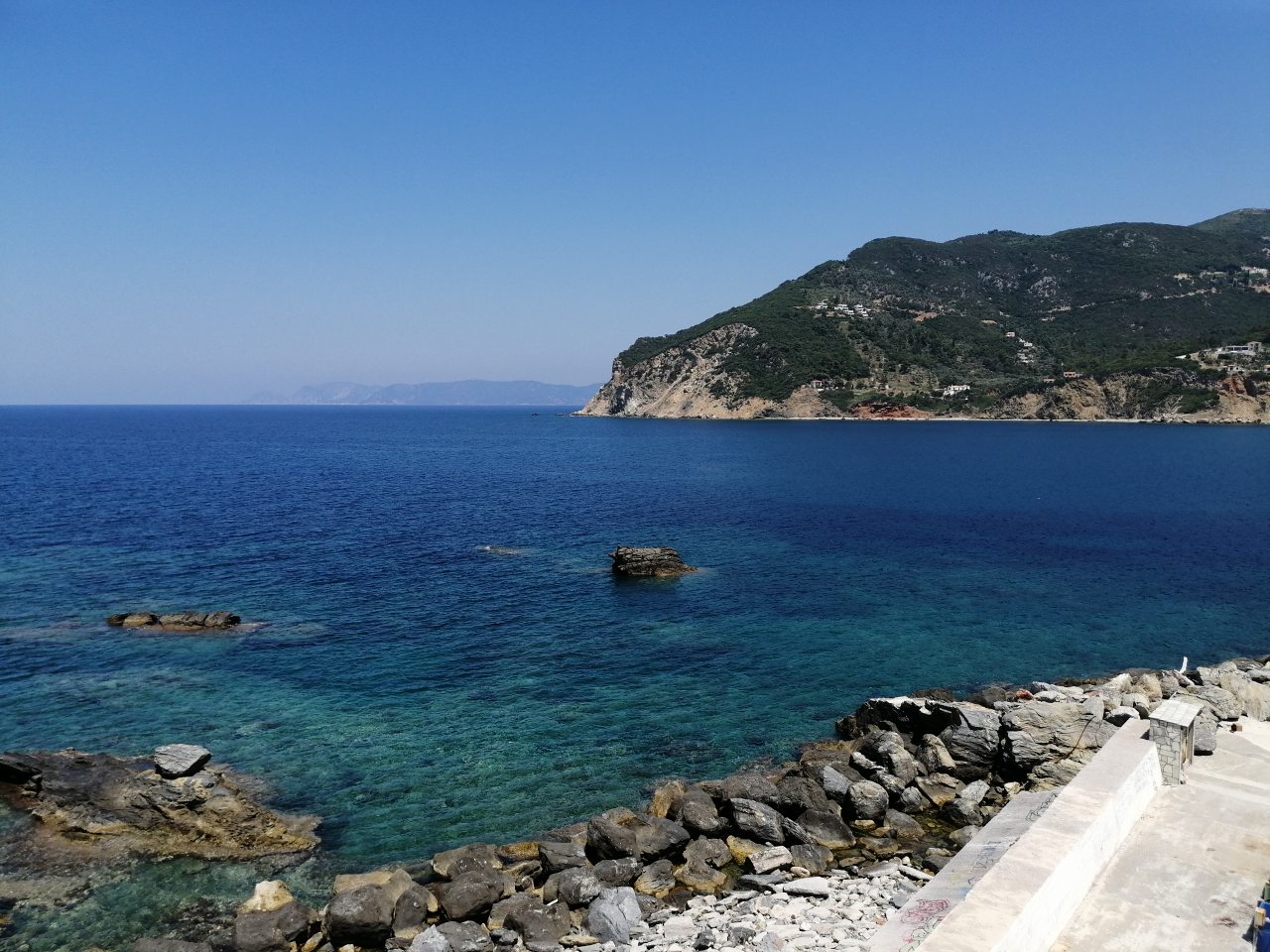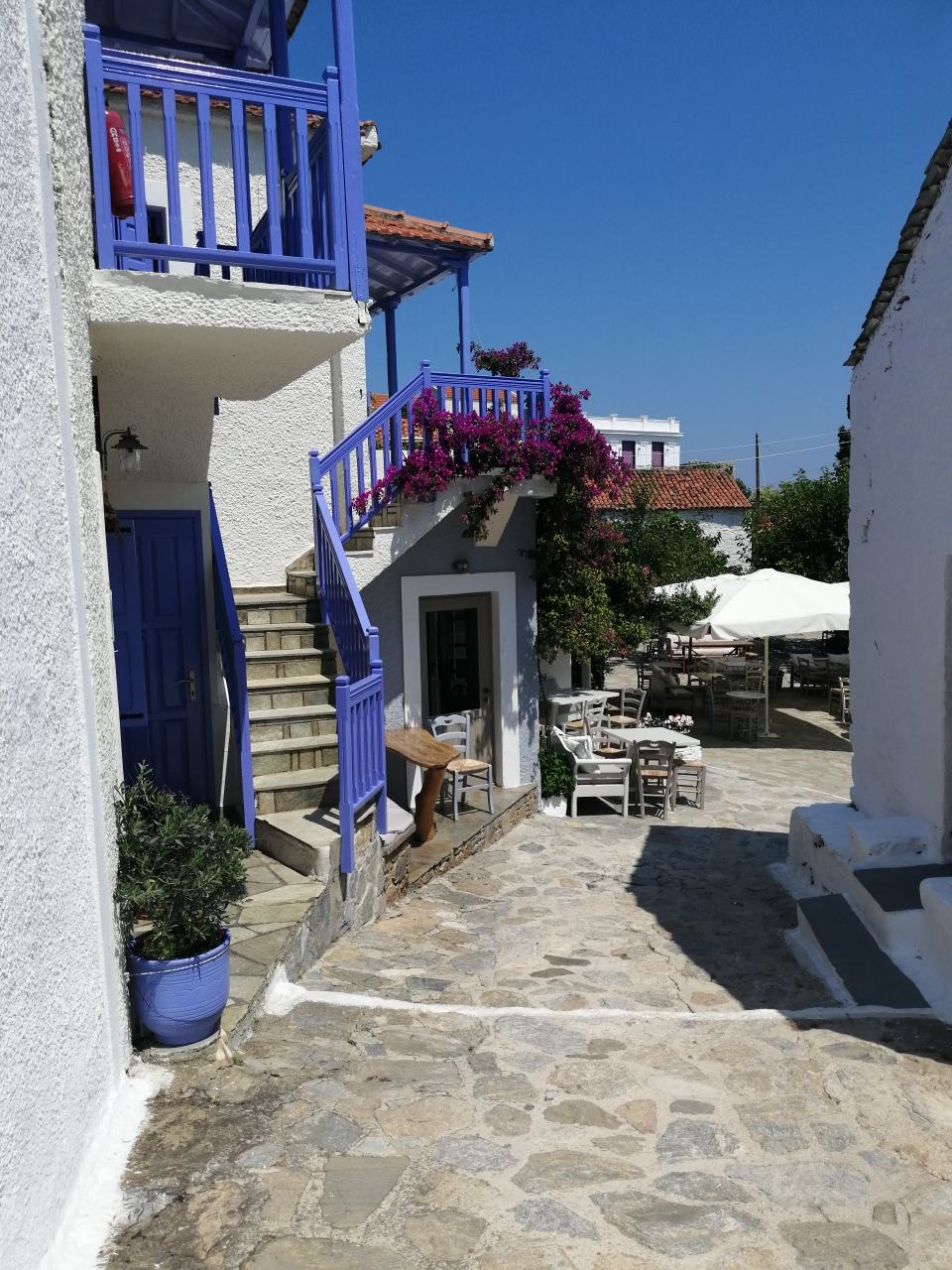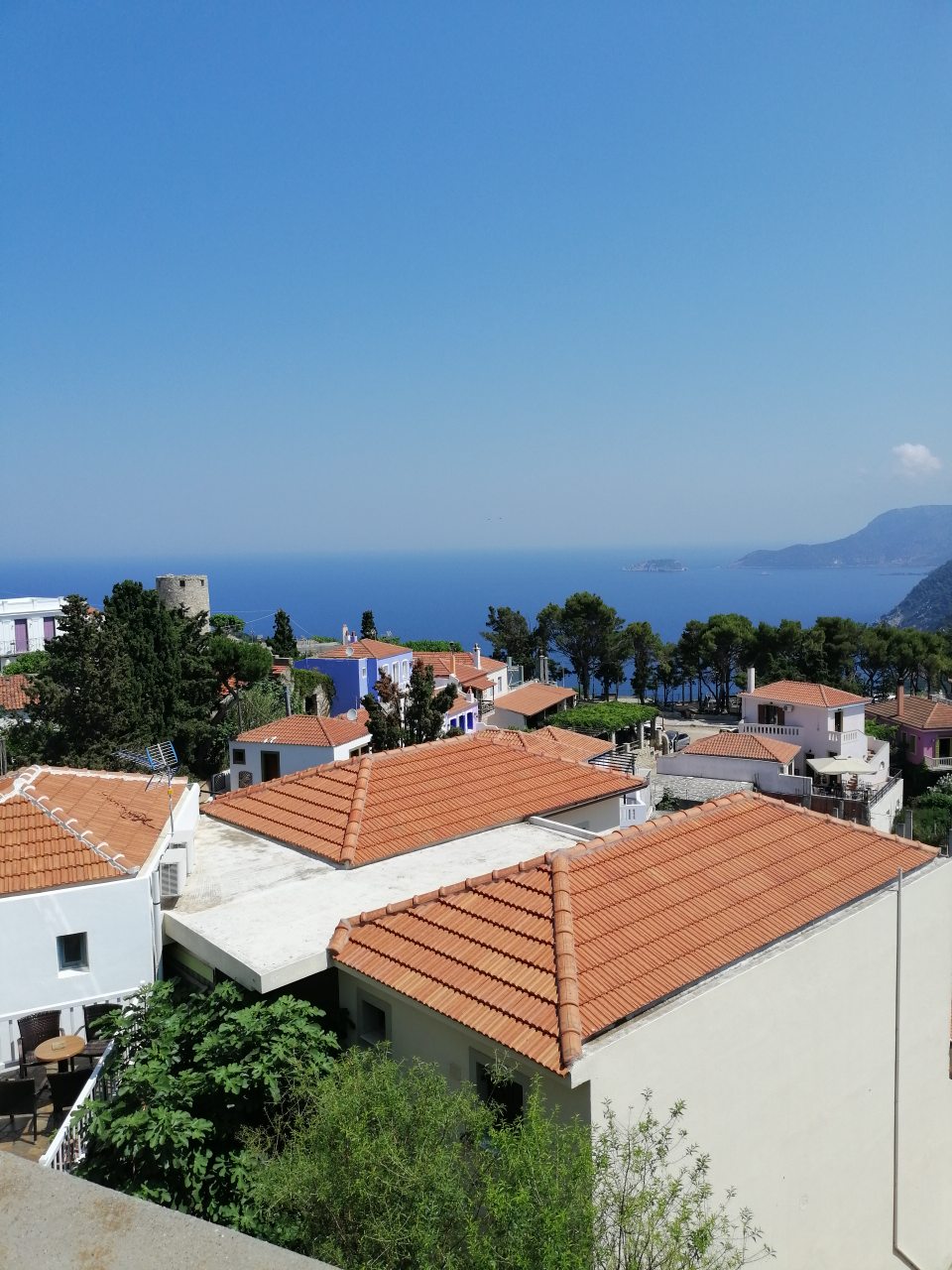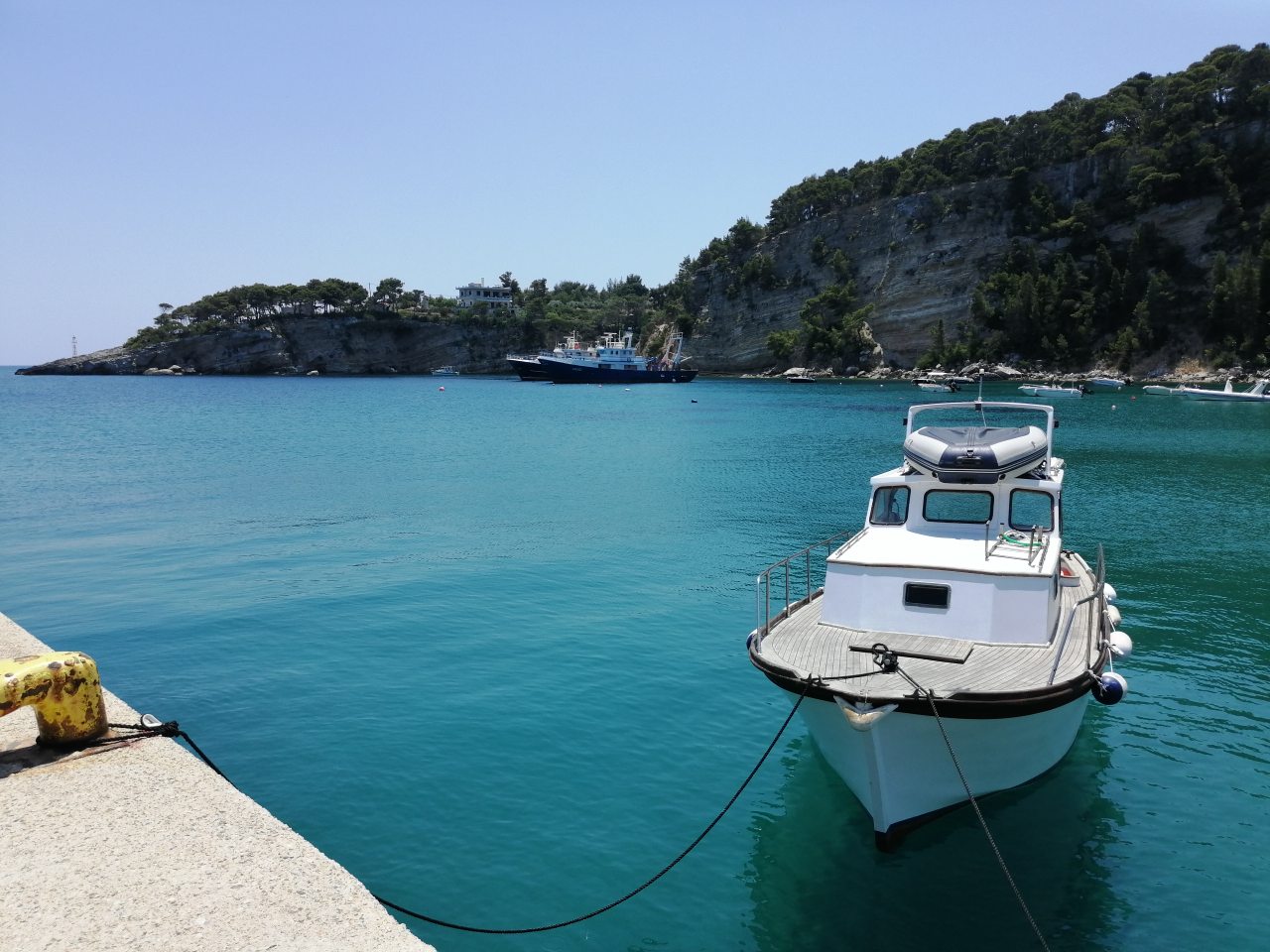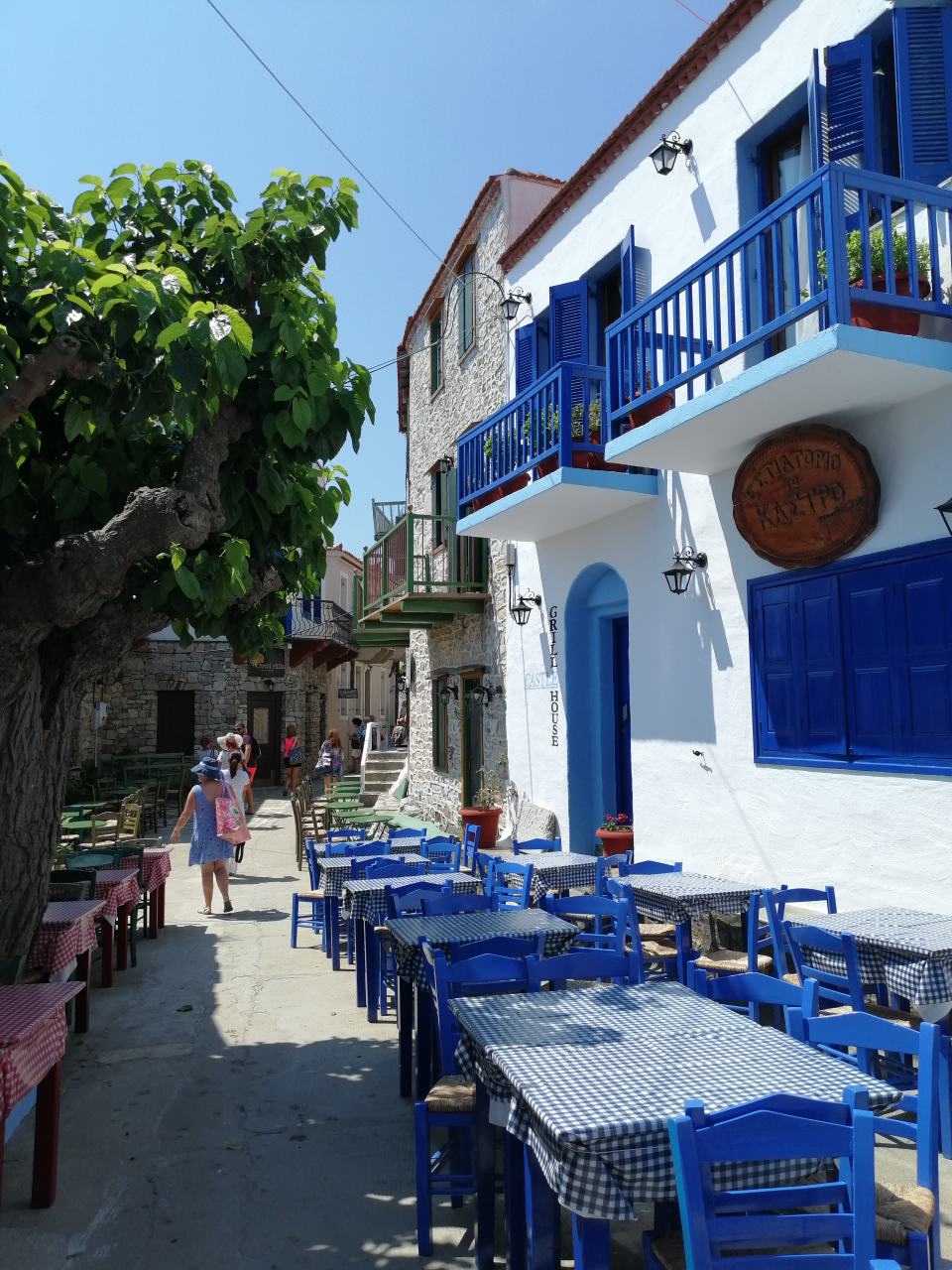Greece is one of the most popular holiday destinations worldwide, with beautiful landscapes, amazing crystal clear blue waters and golden sand beaches. Pagasitikos Gulf and Sporades Islands are wonderful destinations that offer to their visitors, beautiful memories for a lifetime.
Trogadas Travel, offers you the opportunity to visit Sporades islands, on affordable and competitive prices.
Cruise Schedule
- 07:30
-
Pick up transfer to Pefki, from :
- Loutra Edipsou
- Neos Pirgos
- Orei
- Istiaia
- 08:30
- Cruise starting from Pefki port.
- 11:00
- Arrival to Alonnisos Island
- 2,5 hrs
- Visit of Alonissos with some free time for a swim and the visit of the Old town of Alonissos if you want .
- 13:30
- Departure of the boat to Skopelos
- 2,5 hrs
- Free time for a walk at the town of Skopelos and some free time to enjoy the meal or coffee.
- 17.00
- Departure for Pefki
- 19.30
- Arrival at the port of Pefki
- 19.30
- Drop off transfer to Loutra Edipsos
Cruise in Skopelos & Alonnisos - Details
Our cruise to Skopelos and Alonissos is starting every Saturday approximately at 08:30 from Pefki. Our team can organize the transport to Pefki from the Edipsos which is the first meeting point at 07:30 and then from the others meeting points like Istiea, NeosPirgos and the other places in the area.In case that you are staying at Pefki, or you decide to go from there, please have on mind that you have to be on the boat at least at 08:15.
At the time we will sail from the port of Pefki, we need 2.5 hours to get at the port of Alonissos.
At the time that we reach the port of Alonissos, you will have 2.5 hours for swimming in the clear water of Alonissos. We suggest you to visit the Old town of Alonissos.
Approximately at 17:00 we depart to Pefki. When we reach the Pefki , you will return at your meeting points where we met at the morning.
The time of arrival at the last point meeting, the Edipsos is approximately at 20:30.
- Return Bus ticket to Pefki (optional)
- Return Boat ticket to Skopelos
Skopelos Town and Port
It was colonized by Cretans around 1500 BC,when both island and town were known as Peparethos. There has been a settlement on the site of Skopelos Town since at least the eighth century BC, when it was ruled by Chalcis, modern Chalkida, on Euboea, today Evvia.
Peparethos was one of three “cities” on the island, along with Panormos and Selinous (modern Loutraki). While excavations continue on the town's fourth century BC asklepion, or healing temple, dedicated to the god of healing, Asclepius, little remains of these early settlements.
The oldest structure in Skopelos Town is the 11th century Aghios Athanassios church below the ruined 13th century Venetian Kastro above the town. The castle was built on the fiflh century BC foundations of ancient Peparethos, still visible now.
Most of the fifteen other churches in the town date from the 15th century and later.
Skopelos Town survived the rule of Macedon, Rome, the Byzantine Empire, Venice and the Ottoman Empire, largely untouched by the hand of history.
Contrary to myth, the inhabitants were not wiped out in a raid by Barbarossa in the 14th century; some survived to resume agriculture and its key industry, shipbuilding, which would see town and island aiding the Greek navy prior to and in the War of Independence against the Ottoman Empire of 1821-1828, after which the island became part of the First Hellenic Republic. Its shipbuilders were famous across Greece and as far as Romania and the Black Sea, but the craft went into decline with the advent of steam.Those skills translated into carpentry, which, along with agriculture, fishing, trades and services, is today among the town's main enterprises outside tourism.
VILLAGES AND TOWNS
Stafilos and Agnondas
Stafilos, named after the island's mythical founder, is one of the most protected beaches here. Nearby Agnondas, also a port, is very popular with islanders in summer.
Klima
Klima is more accurately two places, Palio (Old) Klima and Neo (New) Klima, also known as Elios. Palio Klima, oh‘ the road to Glossa, was largely razed by the 1965 earthquake, after which the inhabitants were moved to the sturdier ground of Neo Klima, also known as the port of Elios.
Like its counterpart on Alonnisos, Patitiri, Elios was constructed to house those displaced by the earthquake. While Elios has grown as a fishing port and a sailing and holiday destination, Palio Klima is slowly returning to its former glory as its handsome old houses are restored by new settlers lured by its spectacular sunsets.
Panormos and Elios
Panormos was one of the earliest island “cities”,the protected inlet, Blo, its harbour. Born alter an earthquake, Elios is a small but growing port, town and resort.
Glossa and Loutraki
Glossa is the most striking town on Skopelos, sharing its architecture with the villages of the Pelion, but its views with no one, except perhaps Palio Klima: the breathtaking vistas of the Skopelos Coastline, Skiathos and beyond can be seen from its restaurants, bars, squares and even streets. lt is as old as Skopelos Town, but its history is overshadowed by ancient Selinous, which stood on a hill above its port, Loutraki, below.
Loutraki is the island's second port and the first the visitor will encounter on a ferry from Skiathos. It has some of the finest tavernas on the island, a splendid Byzantine church and tower, and the remains of Roman-era Selinous, in the vestiges of Roman baths and other structures still visible along the shore.
Local Products and Gastronomy
Honey Making
Beekeeping has actually increased on Skopelos recently, despite the alarming decline in the world's bee population. Honey arrived here with the first settlers, and has remained a staple of kitchen and pharmacy ever since. Skopelos hives are laid in the apiarist's favoured spots, in the pine forests or near certain herbs and flowers. The honey is best tasted in a breakfast of island plums and yoghurt.
Wine & cheese
Despite the devastation of the 1940s phylloxera epidemic, viticulture, or winemaking, is showing signs of a renaissance on Skopelos, and islanders had anyway continued making their own wines after the epidemic. The island's cheeses, including its own special Skopelos goat milk feta, the crucial ingredient of the signature Skopelos cheese pie, have a history that can be traced back to the first prehistoric farmers.
Bread and Marmelade
This very British-sounding combination in fact finds a mirror in two of the island's specialities, bread-making and fruit preserves. Although wheat has never played a part in the island's agriculture, and its last miller, in Palio Klima, retired some years ago, Skopelos produces a wide range of local breeds that can compare even to those of a wheat-growing island such as Lefkada.
Skopelos Town alone has six bakers, and islanders are proud home bread makers. They apply similar skills to their ways with its abundance of fruits, in preserves and other, more potent, fruit products.
The Olives
Islanders are similarly proud of their olives and olive oil. Skopelos olives are related to the Pelion olive, a fatter, juicier, relative of the famous Kalamata olive cultivar from the mainland, all of them subspecies of Olea Europaea, the olive first introduced into Greece from Syria 10 thousand years ago.
They are equally proud of the fact that Skopelos olive oil is all virgin cold press, with no second pressing involved, so no blending takes place. There were about five or six traditional olive factories in Skopelos town of which the last was shut down twenty years ago.
One could visit the last two olive factories still working one in Skopelos town and the other in Glossa.
Fishing
As well as supplying ships for the War of Independence, Skopelos also launched a sizeable fishing fleet, in the 19th century constructing the biggest fleet in the Northern Sporades, with over ninety large ships at sea.
That fleet has shrunk since the days when a historian could write that most families had a share in a boat, but the island’s ports still see dozens of boats, large and small, set out most mornings to pursue this most under-appreciated of professions, risking life to put a meal on a plate.
Plums
Skopelos plums come in at least three varieties: avgato, a dessert plum; sour, used in cooking and for marmalade; and agen, the famously healthy French variety smuggled here inside a potato.
You will find them in island meat dishes, in desserts, dried as prunes and, if you are really lucky, as hooch.
Skopelos - Videos
Bus Meeting Points






